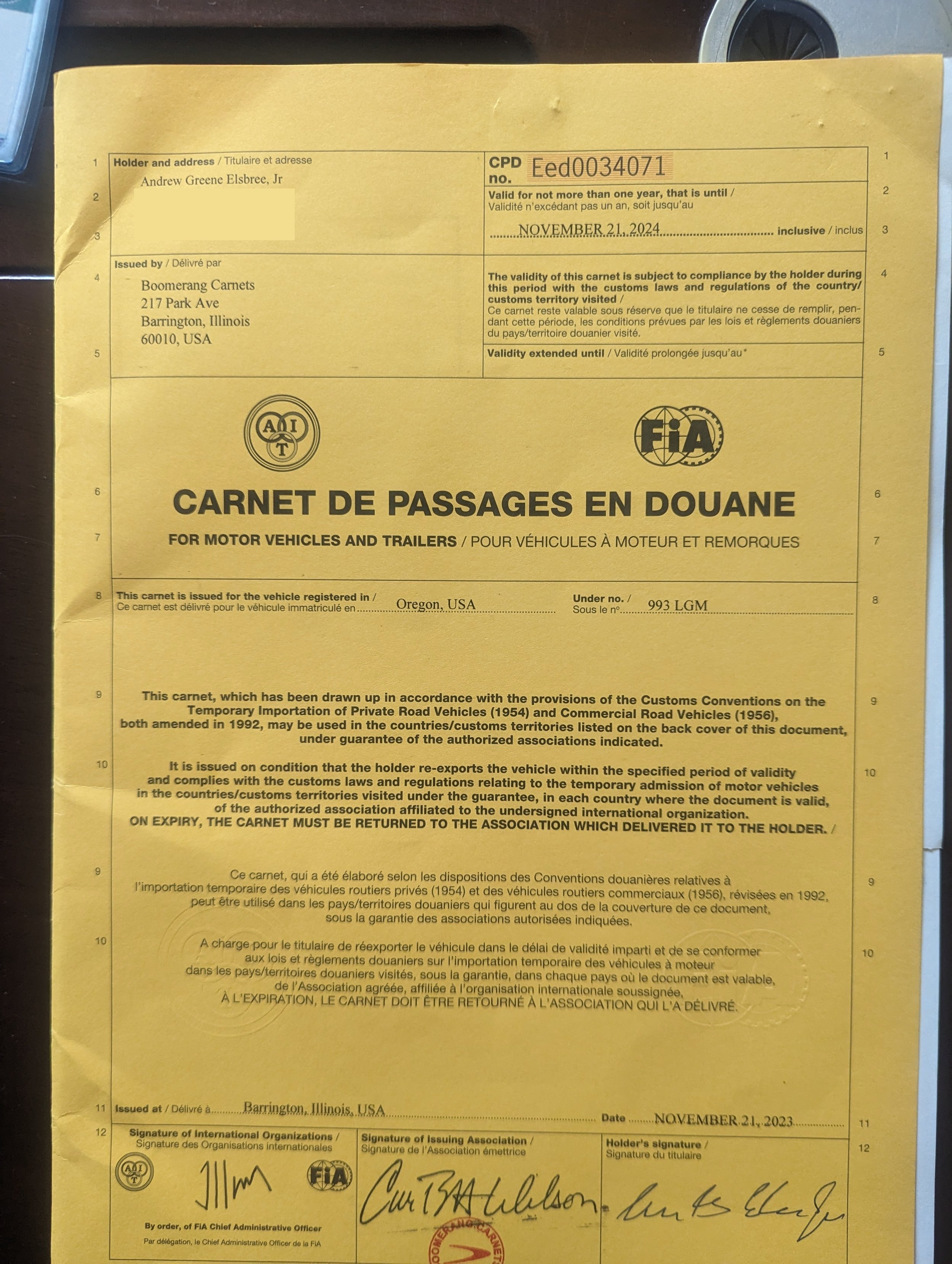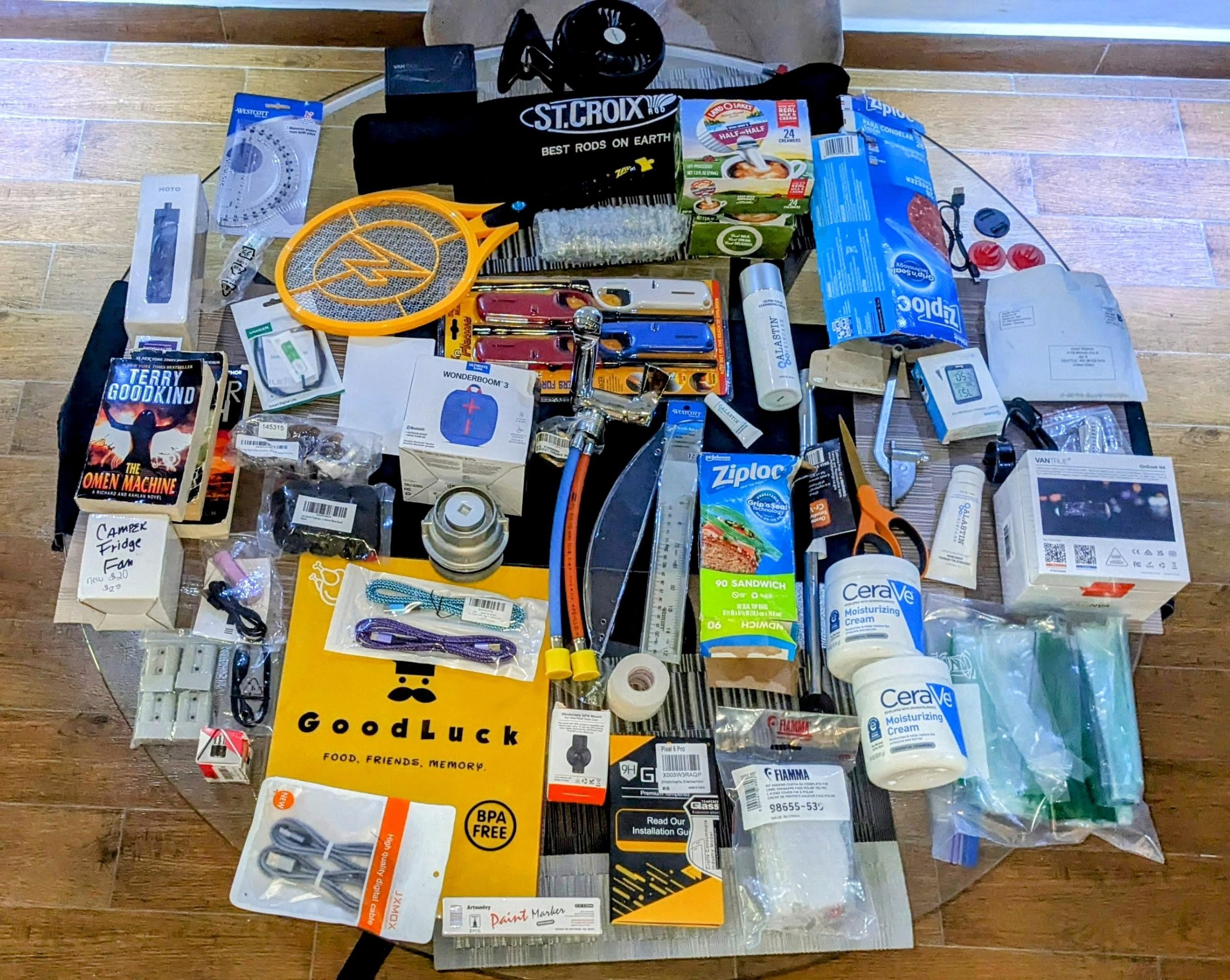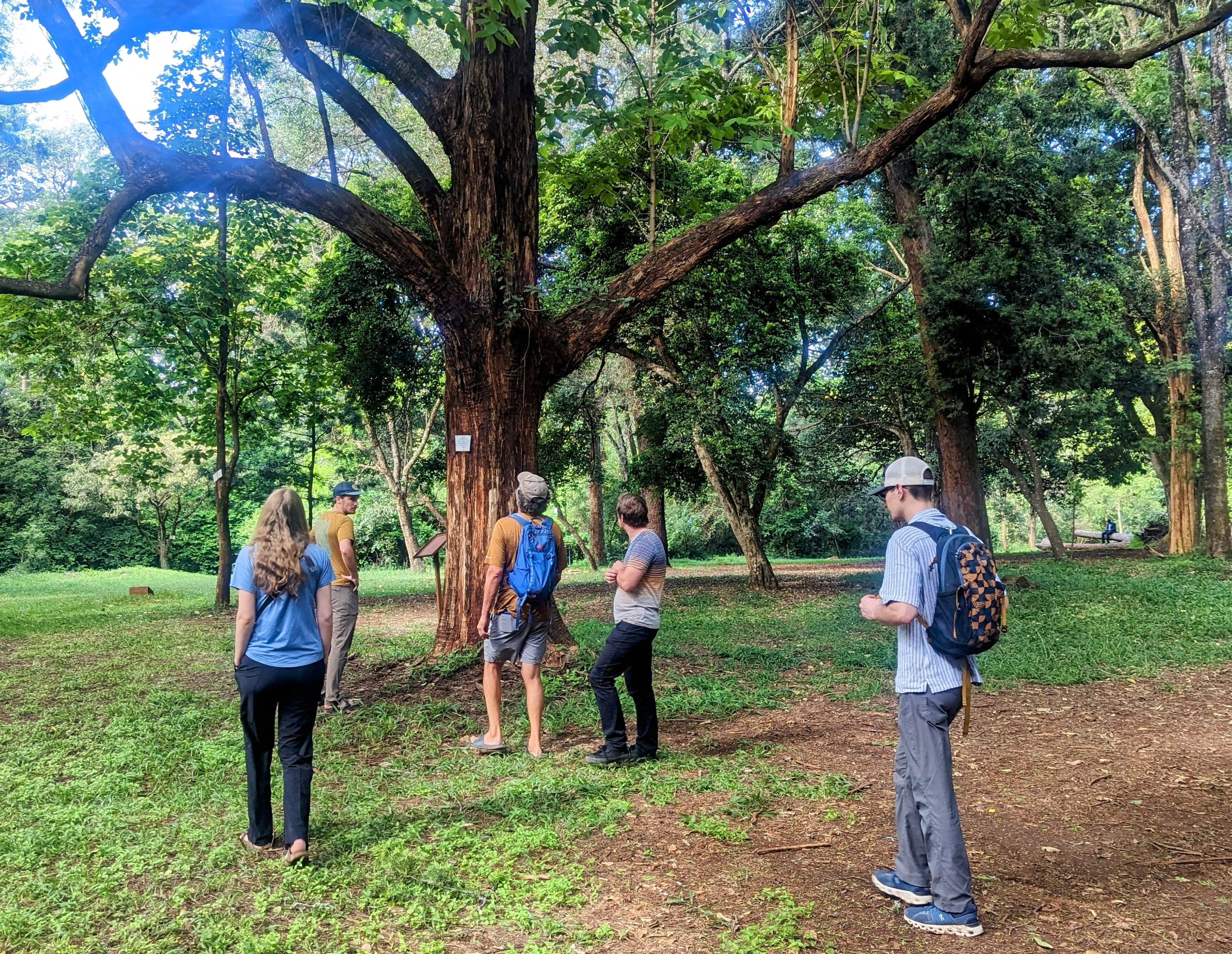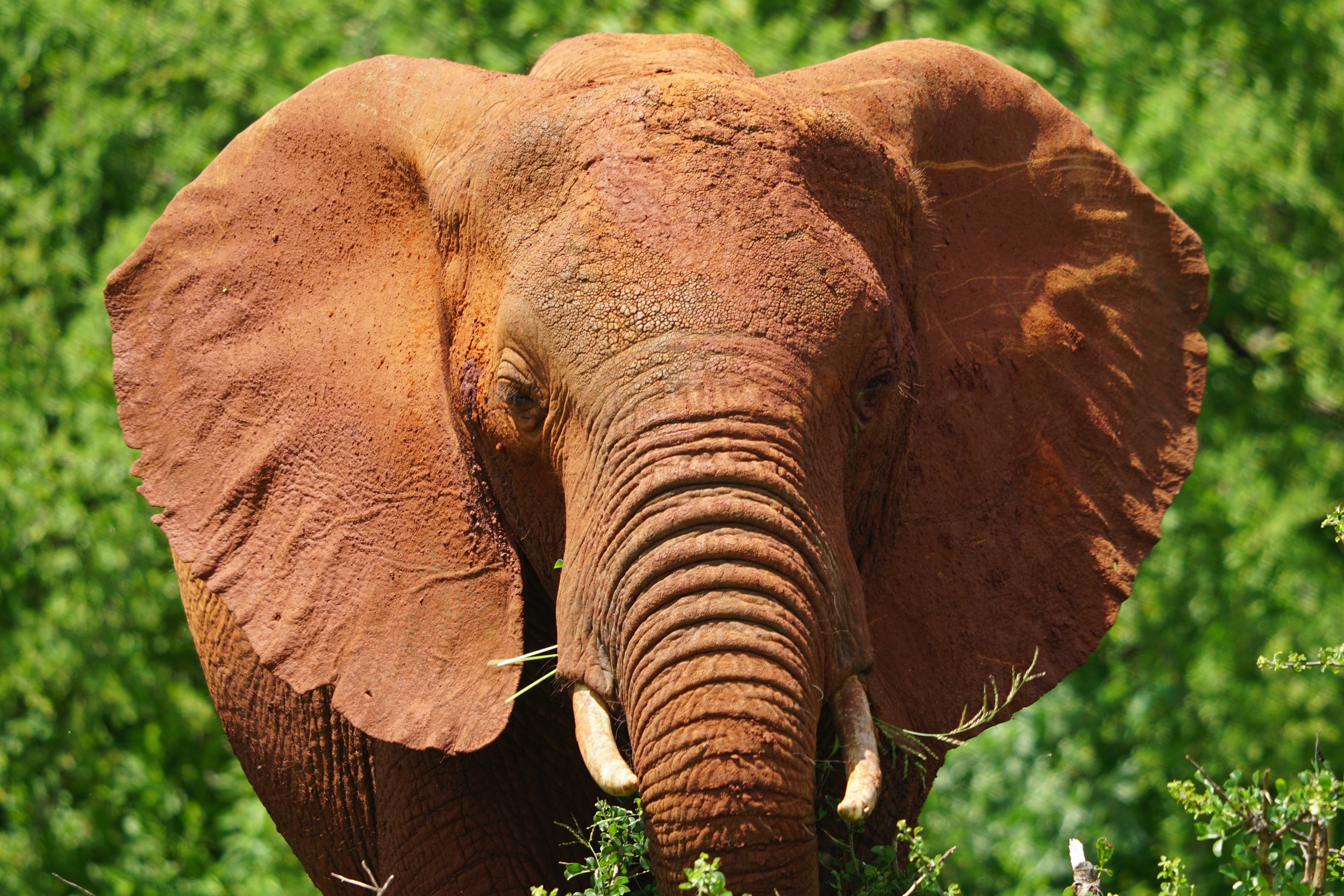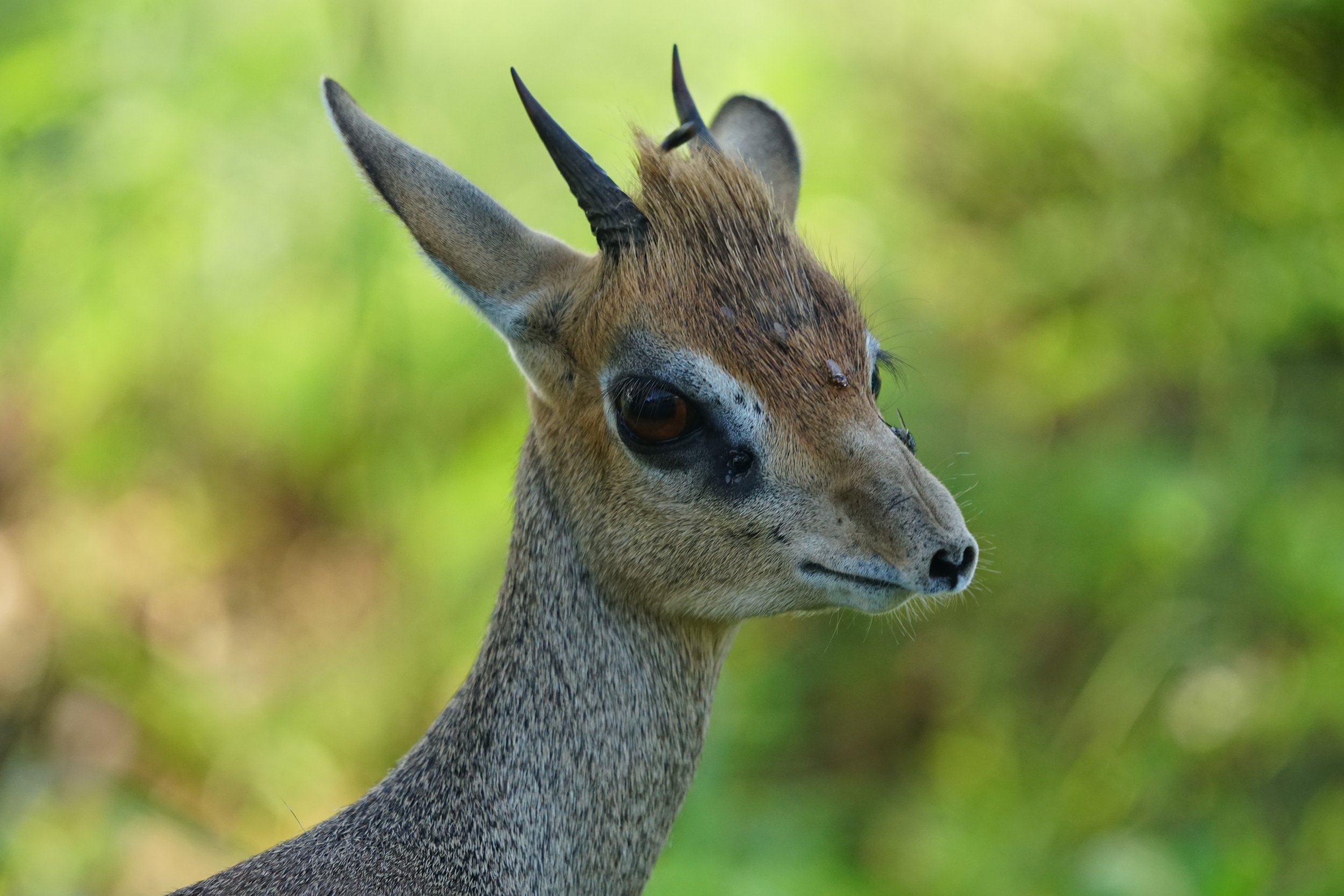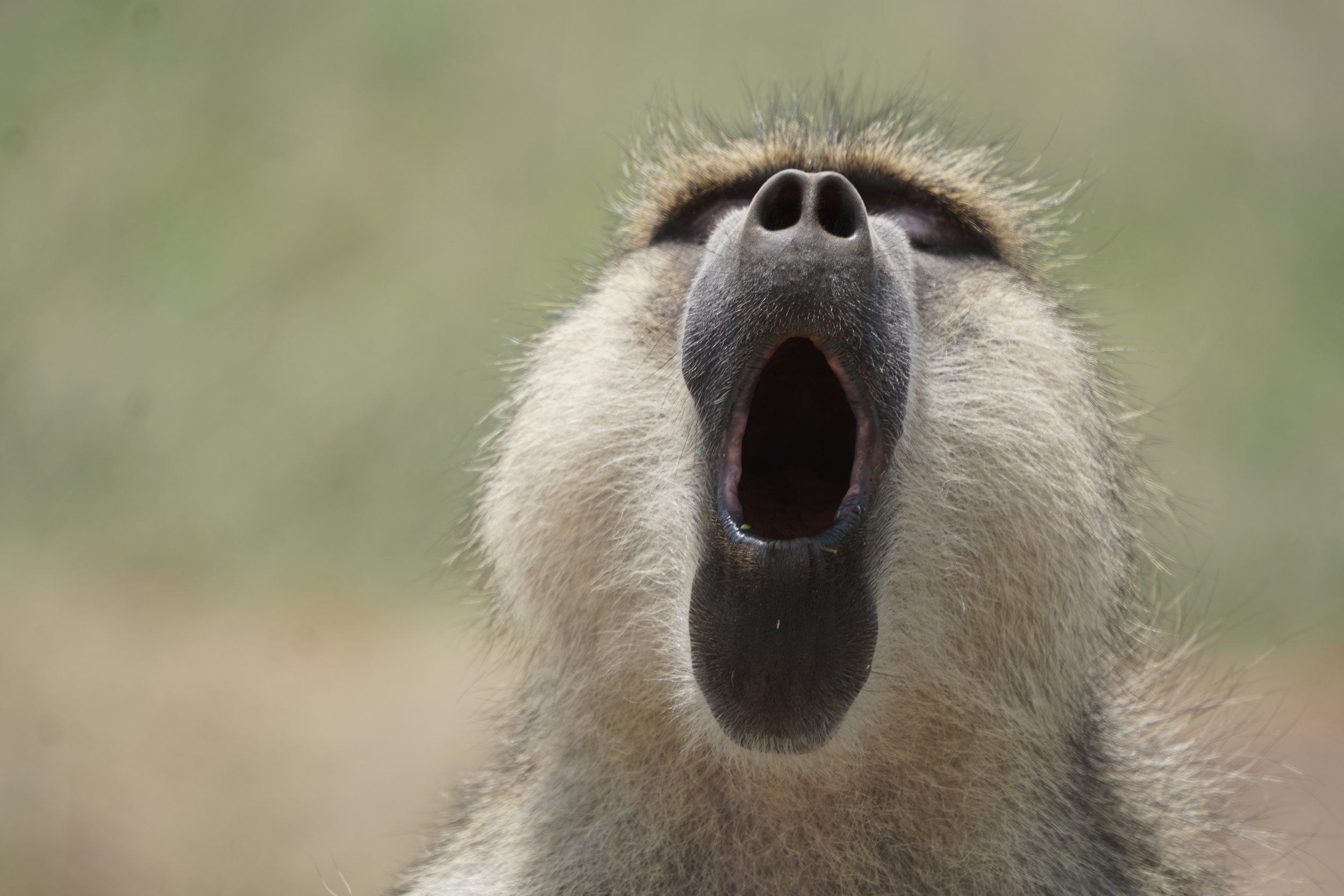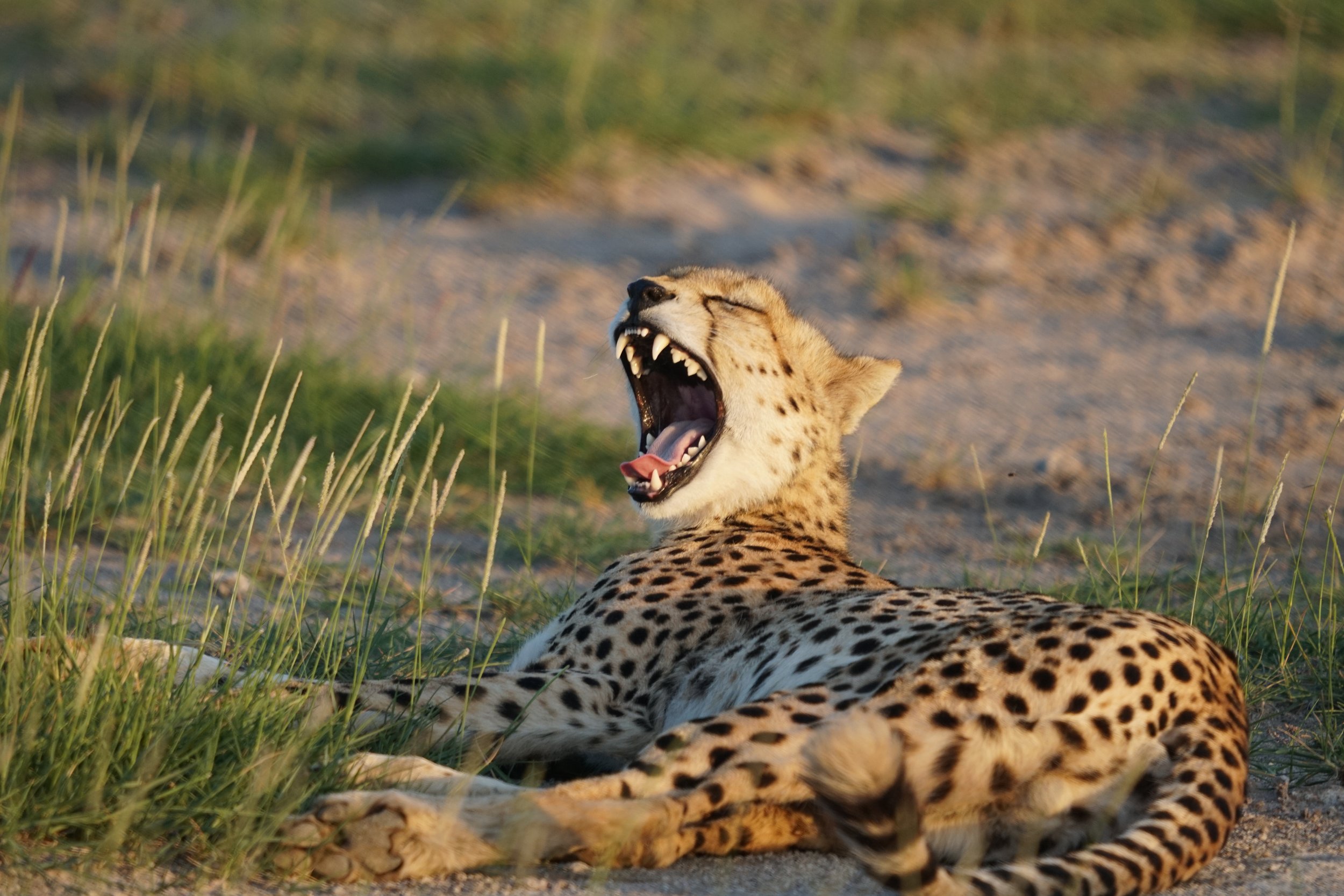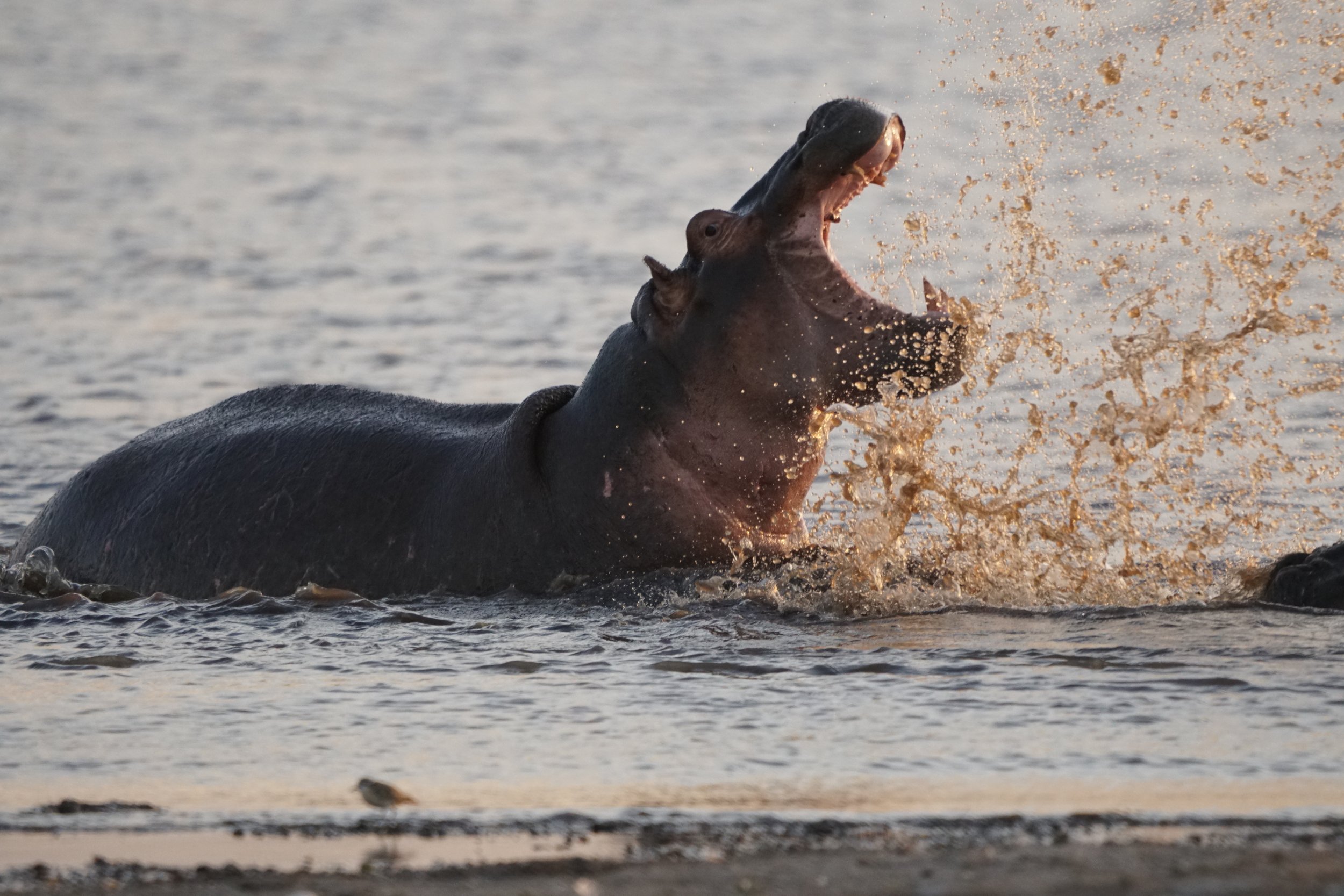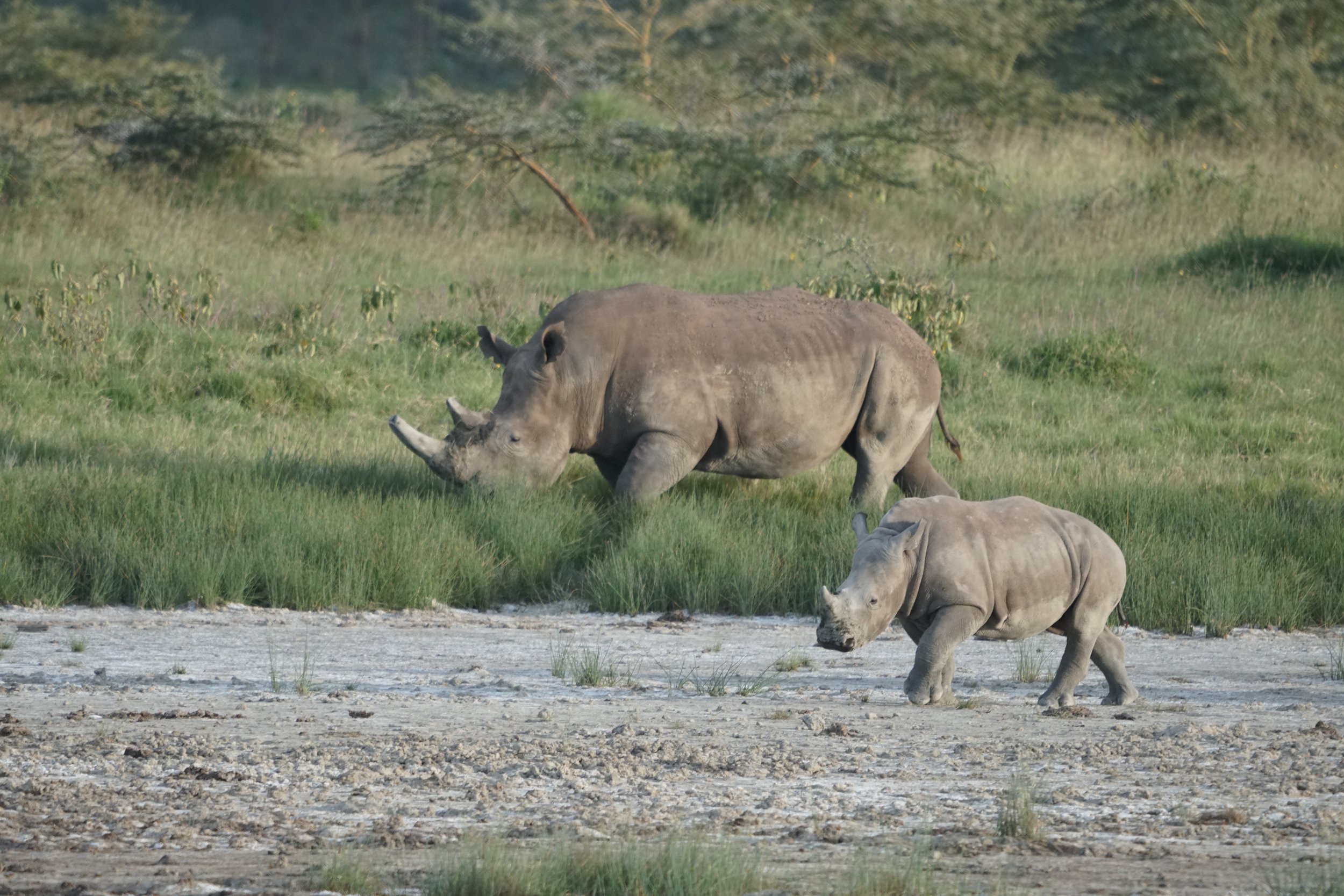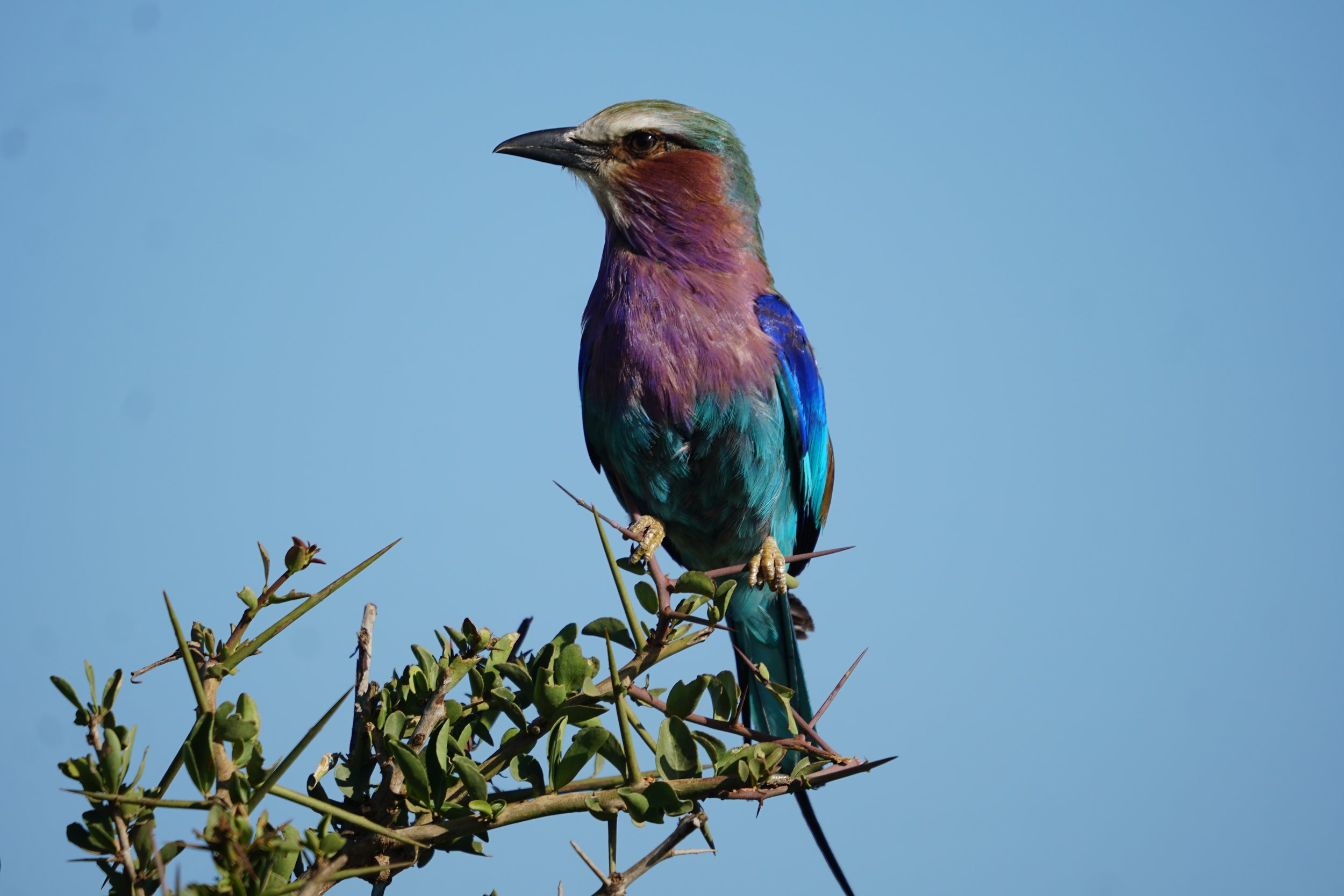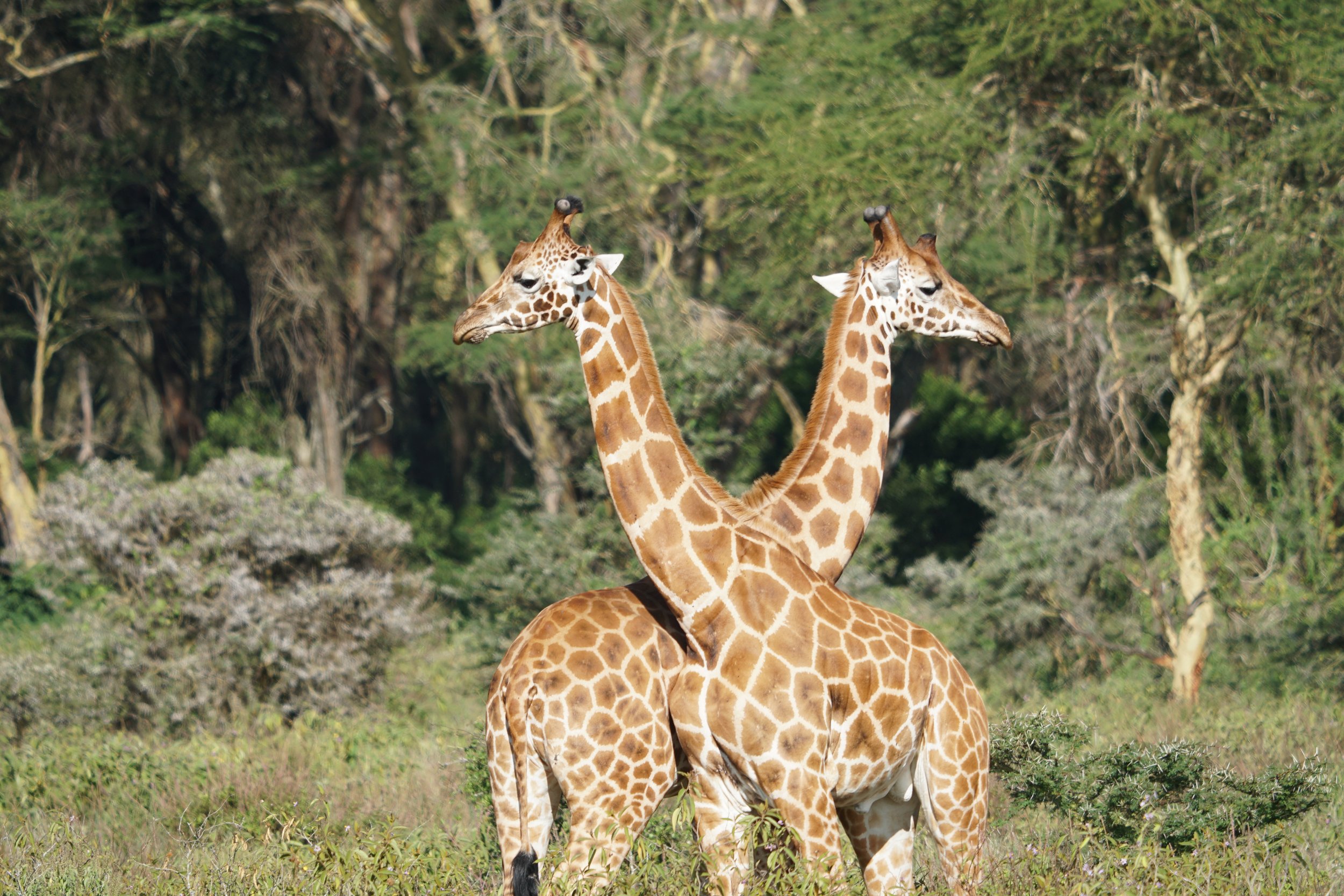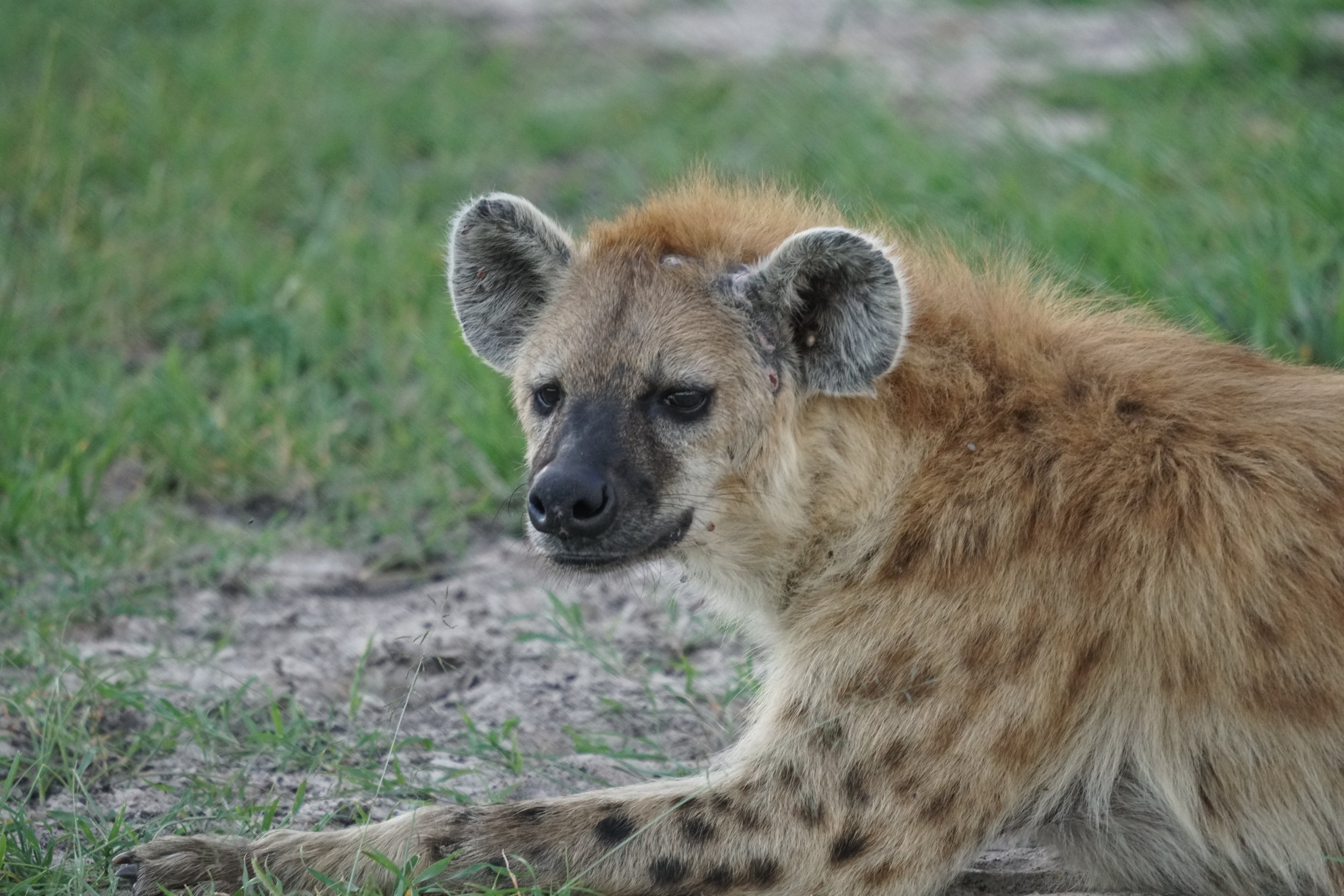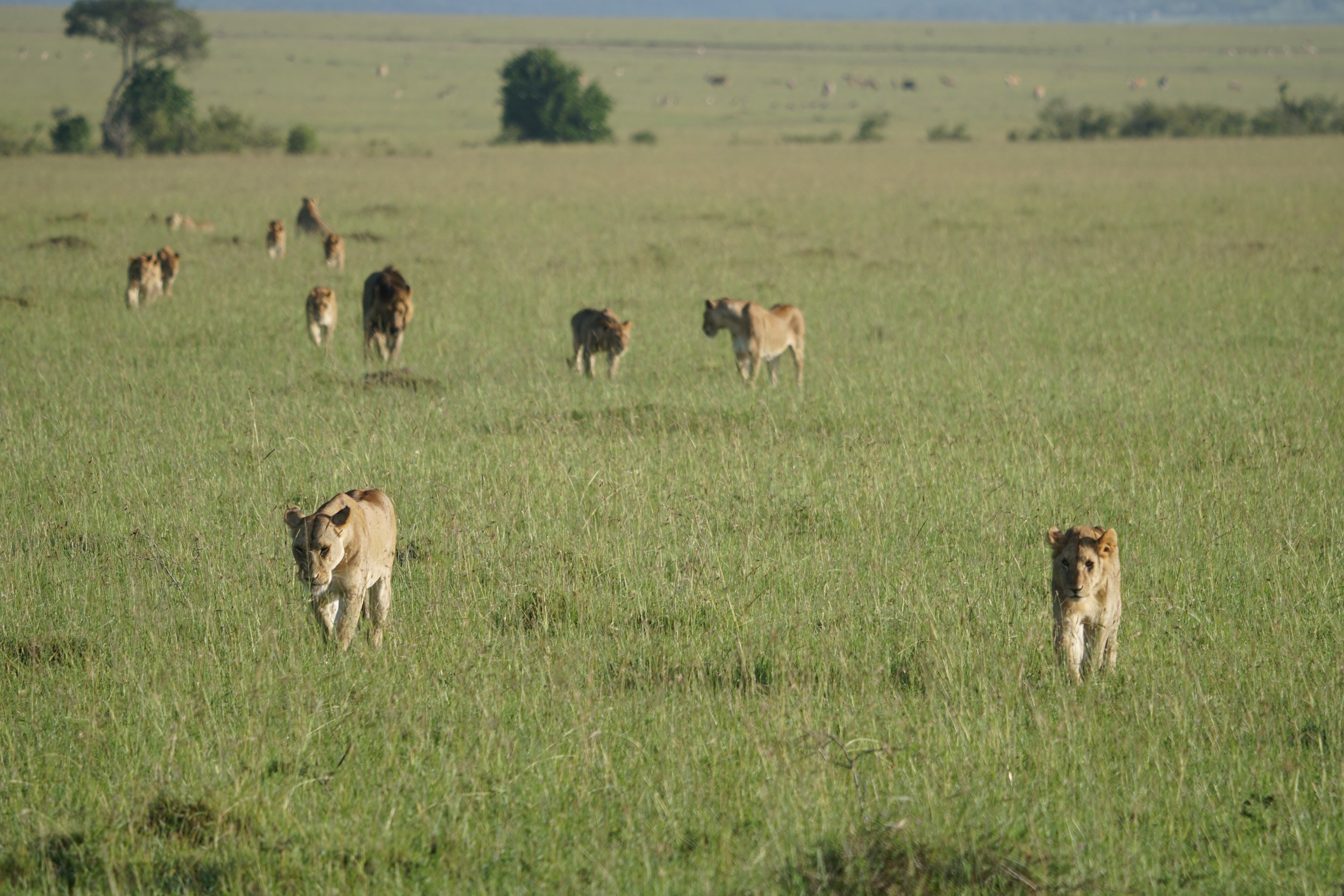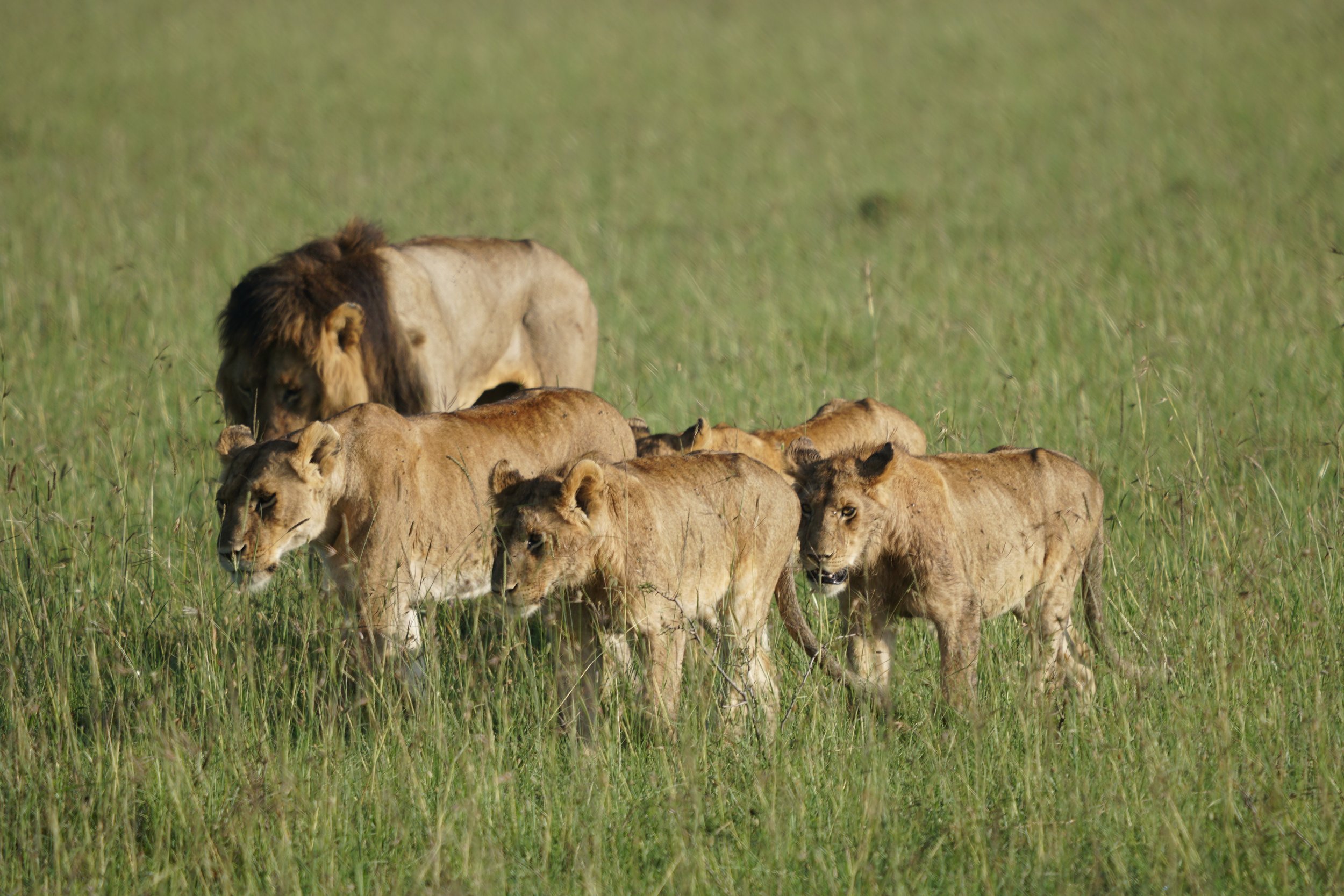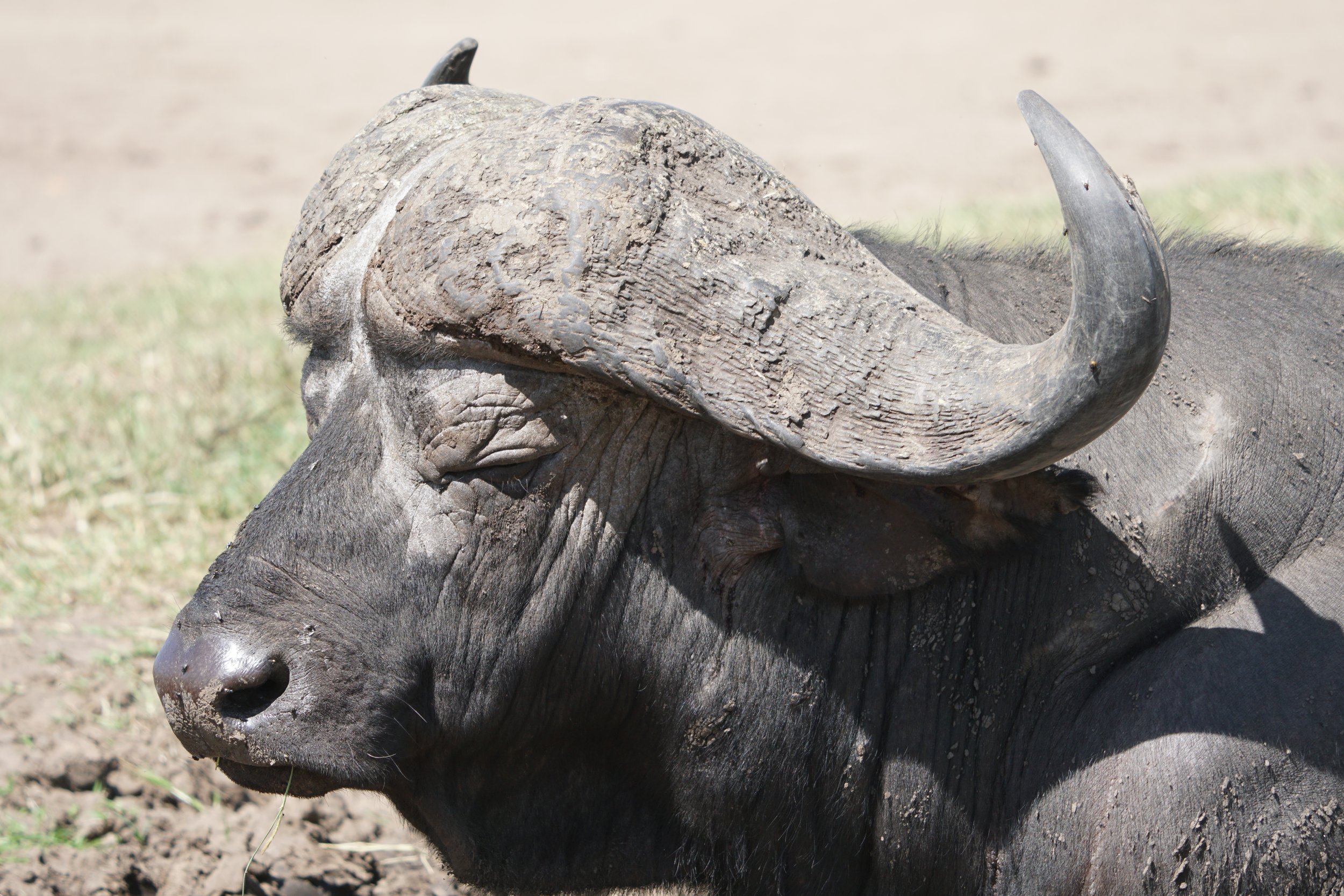Kenya
Our family group gathered with the Land Cruiser that was our home for a week (while our Toyota Tacoma was on its way to Oman)
Kenya was a terrific experience for us but not a typical overlanding one. As we did in Morocco a year earlier, we were gathering with our family for the holidays. We had planned several months earlier to ship the truck from Mombasa to Oman before the family arrived. (Not something we would ever do again, creating external deadlines around shipping internationally is setting yourself up for stress.) After that, our plan with our family group of six people was to visit Nairobi, the coast, and spend eight days with a professional safari company to visit the national parks. More on travel in Kenya later, first a few sidebars:
New Paperwork - switching to a Carnet de Passage
Kenya was the first time we were going to use our brand new Carnet de Passage. Going into our fourth year on the road, we finally had to bite the bullet and purchase one. Kenya was the first country that we hit that absolutely required a Carnet. It was a hefty investment for us (we went with Boomerang which was a higher cost upfront but a half of the deposit than the Swiss company, TCS that we contacted). Options for North American vehicles are limited, The US does not have the same variety of systems in place for this that the EU countries do. The $1,500 (ouch) we spent on the one year Carnet would hopefully get us all the way through India. For comparison, in our year in Africa up to Kenya, we spent less than $1,000 on vehicle permit fees and it would have been less than $500 if we had not chosen the wrong border into Ghana which was a $500 mistake. Details on permit costs are on our West Africa Visa and Vehicle Permit Blog. Vehicle costs for southern and eastern Africa since the time of that post were a little over $200.
Our newly minted passport for the truck - has to be stamped in and out of each country we visit, starting with Kenya through India
The Uganda/Kenya border, a little chaotic, everything under construction.
Luckily our customs official in Kenya (once we found him) was kind enough to walk us through the whole process of using a Carnet and tell us what to watch out for in keeping the Carnet valid. The main point of a Carnet is to make sure you do not dispose of your vehicle in a country so basically, it is getting your car stamped in and out by the customs office of each country you visit.
Adventures with the Truck - Broken Leaf Spring
Our job after entering Kenya from Uganda was to get the truck to Mombasa so it could be loaded on a ship, then to get ourselves back to Nairobi to meet the family. Of course, things became a little more complicated at the last moment. We limped into Kenya with a broken leaf spring, a little panicked about our chances of a last minute fix in time to get to Mombasa for our shipping date.
We made it to Jungle Junction (iconic overlanding camp in Nairobi run by the knowledgeable Chris) and he got us squared away quickly. He was not fully happy with us as he would have preferred the time for a complete re-build of the leaf spring packs, but we were on a schedule so he compromised by finding replacements for the top two leafs.
Passenger side view of the rear axle, missing its leaf spring
Both sides of the leaf springs, broken passenger side on the bottom. The top leaf broke where the second-from-the-top leaf stopped.
Chris at Jungle Junction pointed out the design flaw in the springs, a weak point where the lower portion of leaf spring pack joins the top leaf spring. The break occurred at the point where the second leaf spring ends and the top leaf spring continues by itself to the curl. His fix included extending the second leaf all the way to the beginning of the curl at the end for extra reinforcement.
In order to get it completed in one day Chris’s five man crew worked until 8 PM getting it ready for our 8 hour drive to our meeting with the shipping container in Mombasa
Shipping the Truck Mombasa, Kenya to Salalah, Oman
And then we were on the road and on our way! The three days we had hoped for to clean and organize the truck before shipment had evaporated– we got into Mombasa after dark after passing probably 200 slow moving trucks and had a date with the shipper the next morning, but we made it. We chose to use the same shipper that we used to send the truck from the US to England, IVSS, and even the same agent, Martin McGowan. He set up our shipping container and connected us to local port agents in both Mombasa and Salalah.
Finding our shipping office in Mombasa, wedged between grocery and hardware stores. Andy just ran through a thunderstorm, he is not really that sweaty.
Following our guide to where we will load our truck into a container
Andy appreciating the empty container and yet another thunderstorm
Loading it in! (Pole pole, or slowly, slowly in Swahili) Bit of a tight fit but all OK.
Except that the only way for Andy to get out was to slide down to the floor and crawl under the truck
And then it was time for our container buddies to load. A brief and huge moment of appreciation for August and Tatjana - we found each other on a Facebook forum for people overlanding - Dawn had done a post about looking for a container partner to share costs. We are so grateful to have had such thoughtful, smart, and interesting travel partners. It is a little nerve wracking to figure out shipping from foreign ports and having people to brainstorm with was huge. We also were dealing with a time schedule because of family commitments and August and Tatjana cheerfully went along with it and helped enormously. (August offloaded our truck in Oman and parked it for us as we could not be there when it arrived) They also had to endure the stress of not knowing if we were going to make it in time when we were dealing with our broken leaf spring.
Mercedes Sprinter going in, spotter on top, four of us sitting in the back to compress, tires fully deflated and it squeaked by.
Tires deflated as far as they can go.
Our awesome container buddies, August and Tatjana from Germany
Container ready to be driven to the port
Andy and August locking it up
Despite the last minute stress, the things we worried about in advance were non issues. The customs inspection was cursory, barely even a glance inside, just checking the VIN. Despite having to provide extra paper work and pay an extra $600 for a “haz” container because of our lithium battery, no one inspected that either. No one checked that our propane tanks were indeed empty (they were) or how clean the truck was. No one made sure we had no food inside (we had some canned and dry goods). A lot of worries were for nothing. We were amused to find out though that the “haz” container we were paying extra money for did not really mean special handling, it just meant that our container would be placed in a location easy to push off the ship if it caught on fire.
Traveling Kenya
We took a deep sigh of relief, but felt bereft without our home. Needing a moment to de-compress, we shouldered our duffel bags and got on the ferry to Diani Beach where we had used credit card points to book a couple of nights at a resort. It was a welcome break and the ocean breezes offset the extreme heat and humidity of the Mombasa area.
Very popular ferry from Mombasa island to Diani beach area
Our favorite - walking a white sandy beach
Andy eating our newfound favorite fruit - passion fruit
Our two beach days flew by and it was time to meet the family in Nairobi. A brief comment on climate and comparing Kenya’s two biggest urban areas. Nairobi is at nearly 6000 feet. Weather is pleasant and refreshing. But Mombasa quickly became one of our least favorite climates - hot and humid to the extreme. The stickiness was really only bearable for us when faced into the wind at the coast, like a dog with its head out the car window. We spent quite a bit of time in Mombasa with all the logistics but it was a challenge for us.
Our three weeks in Kenya
On the other hand, we enjoyed wandering around Nairobi. It was a great blend of traditional African and contemporary international cultures. We found the village style fruit markets but also trendy cafes. The city felt diverse and alive, Swahili was the most common language but you could hear up to 10 different languages in one block of walking.
In general, we found Kenya to be a very easy place to travel. English was more widely spoken than in nearby Tanzania, even in remote areas (Our Swahili is still very limited, “asante” for “thank you” and “mambo” or “mambo jambo” for “how is it going.” The world over we love the smiles we get when we even attempt a greeting in the local language - even if we butcher the pronunciation.) Tourism infrastructure was well developed, even to the point of rest stops along the major routes with toilets, coffee bars and of course souvenir stores. We were visiting highly touristed areas and felt like we were in international company, as opposed to many areas of Africa where we had felt like the only tourists for miles. Safety was never a concern. We had heard of the dangers of walking around Nairobi at night so made sure we took Uber from point to point after dark.
City center market in Nairobi
Complete with roof top Marabou storks waiting for food scraps
Downtown conference center
Lots of art galleries to explore. This is what Andy does when Dawn explores art galleries.
The first to arrive of our family group was our son Trevor. An avid outdoorsman and photographer he quickly grew weary of wandering city streets so we set off of a morning drive in Nairobi National Park. One of the oddest parks we have been too, it is literally adjacent to Nairobi skyscrapers but is full of wildlife. They fenced the side closest to the city.
Nairobi National Park: White rhino (Photo credit Trevor Elsbree, as with all the wildlife photos in this blog)
Lioness on the prowl
Impala
African crowned crane - now one of our favorite birds
Male and female ostrich pair
Our first black rhino sighting! Much more rare than the white rhino.
Next to arrive, our daughter Claire and her boyfriend Nick. We were almost equally excited to receive the 40lb bag of supplies they brought.
Nick and Claire with our 40 lbs of stuff we ordered and had delivered to them in the US so they could bring it to us
Contents of the bag
Our other son Nicholas made it in at 3am and was still up for visiting Sheldrick Wildlife Trust the next day (he had actually sponsored a baby elephant as a gift for a friend in the past). Visiting the orphanage was a lovely experience, clearly the young giants were being well taken care of and prepared for release into the wild.
Elephants playing at the mudhole at Sheldrick Wildlife Orphanage
Family photo time, Dawn’s smile doesn’t get much bigger
And then because we were close by and we seemed to be re-visiting trips of the past when we carted three young children round zoos and wildlife parks, we headed to the Giraffe Sanctuary to feed giraffes.
Feeding the giraffes - surprisingly rough but gentle tongues!
Don’t think we will ever see a sign like this one again
Continuing our grand tour of Nairobi, we visited the national museum and snake center (Andy saw his first black mamba, Dawn was happy it was behind glass and not out in the bush) and walked through the peaceful arboretum.
Another family photo - no truck to take photos of so we are back to taking photos of our kids
Walking across Nairobi
None of us are city people so everyone came alive examining the trees in the arboretum
And yes, Dawn required another family photo. We love our kids, they put up with it with the required smiles.
And we had a lovely dinner out with Trevor’s grade school friend who happened to be living in Nairobi.
Trevor reunites with his elementary school friend, Olivia
And then the real fun began - off to the iconic Kenyan national parks. We had set up a whirlwind tour of Tsavo, Amboseli, Lake Nakuru and Masai Mara. Let the games begin!
We signed up with Spirit of Kenya for our trip and they were amazing in setting up a tailored trip. They provided a super experienced guide, Rafael, and he completely took care of us for a week. We signed up for the “mid-range” option but honestly the accommodations and food were light years ahead of anything we had experienced in the past few years. The things we get excited about now: bedside tables, a toilet, plugs, free toiletries, hot running water– we are easy to please.
Trevor and Nicholas’s favorite safari positions
The group’s first elephant in Tsavo West National Park
Trevor having fun capturing the mini and macro wildlife (pictured here: an Agama)
View from our safari tent at Tsavo National Park
Tsavo had more of these miniature antelopes - Dik Diks - than anywhere else we had been
This baboon had a rough night
Tsavo National Park had beautiful scenery, but brush was often thick by the side of the road so it could be more difficult to spot wildlife. This made us appreciate our next park, Amboseli, even more with its wide open vistas and more elephants than anywhere else we had been.
Scenic overlook at Amboseli National Park
Wildebeest
Our first cheetah as a group!
We sat and watched it as the sun went down. It was not the least bit concerned we were there, although eventually it sauntered off
We had begun our exploration of Masai culture in Tanzania and continued to be interested in their traditions and way of life. We ran into these young men on the road on a walk outside our hotel in Amboseli, and enjoyed a lively conversation with them.
Cape buffalo at Amboseli
Not quite the iconic Kilimanjaro shot at Amboseli, but if you look carefully you can see it poking out of the clouds
Hilltop view at Amboseli
Then we were off to Lake Nakuru. This was unexpectedly one of our favorite parks, definitely lesser known. But the scenery was stunning and varied and there were lots of opportunities for intimate wildlife sightings.
Nicholas modeling his new safari hat by Lake Nakuru (he forgot to bring a hat so made a roadside hawker very happy)
Then Dawn had to take photos of everyone at the lake
Photo of the photographer
Hippo fun
Mother and baby white rhino strolling along the lake bed
First lion on the safari!
Andy’s favorite bird - a Lilac-breasted Roller
Giraffes taking a break from headbutting practice
Just chilling out in the grass
Hyenas - always so fascinating to watch, the most recognizable evening silhouette with their sloping backs
Claire’s favorite position on safari - comfortable seat, knitting in hand (note the male lion outside her window)
Then, our final national park with the safari company, Masai Mara. Connected to our favorite, the Serengeti in Tanzania, Masai Mara is known for lions. It did not disappoint.
Early morning balloons over Masai Mara
Early morning pride of hunters
In one of our trip highlights, we watched the pride of lions encircle and try to take down a warthog. We all hold new admiration for Puumbas, as the warthog evaded capture and took off across the savannah, tail high. Maybe the lions were tired but they left a wide avenue of escape for it in their formation.
Cape Buffalo wallowing at Masai Mara
Hartebeest posing on the tallest point it could find
Christmas morning picnic breakfast in the park (Rafael assured us there were no lions about).
Because just when you think there are not lions about, they are there!
At our hotel outside the park, we took a walk with some young Masai men from a neighboring village. The young man who spoke English described their lives and customs. He was anxious to earn money for more cows which he could trade to the local schools for his younger siblings’ education.
Visiting the cow boma (a paddock encircled by a branch fence)
Josef showing us how to make a Masai toothbrush
Nicholas was up for learning how to brush his teeth Masai style
Trevor let the chief’s son dress him appropriately
And when it started to rain they brought us in one of their homes, constructed of clay with a smooth cow dung surface. Nicholas is still working on those teeth.
Then, the next day on our final drive, Rafael took us by a different Masai village which welcomed tourists with a traditional dance (which of course everyone participated in).
And a demonstration of making fire
Using two sticks and a board to make fire
Our time with the safari company ended on a high note. We said our grateful thanks to Rafael, who dropped us off at Lake Naivasha so we could explore Hell’s Gate Canyon National Park.
Afternoon rest at Lake Naivasha
Our most photogenic couple posing at Hell’s Gate Canyon overlook
To wrap up our family time, we were heading back to the southern coast to Kilifi to attend the New Year’s Beneath the Baobab music festival. Well, most of us. Claire’s boyfriend Nick had to fly home to go back to work and Andy decided to relax at the Airbnb and forego multiple days of young DJ and African house music artists lighting up the Baobab forest.
Trevor indulging in a life long tradition (taught to him by Andy) of catching and holding wildlife
Nicholas indulging in a lifelong family tradition of climbing whatever rock is around (also taught to him by Andy)
Exploring the coast
Entering the Beneath the Baobabs festival grounds - surprisingly calm experience, a remote reserve with cool breezes and venues well spread out, it was a beautiful place to hear music.
Two days of music! It was a cultural immersion into young African artists and an amazing experience.
Relaxing by the stage (going to see live music, a lifelong family tradition taught by Dawn).
This sign felt right
One of the many young DJs we enjoyed
And the lights go out on 2023!
Thank you for reading and indulging us in a family memoir. Not to worry, once we hit the Arabian peninsula there will be much more of the overlanding content again. Happy New Year all!

